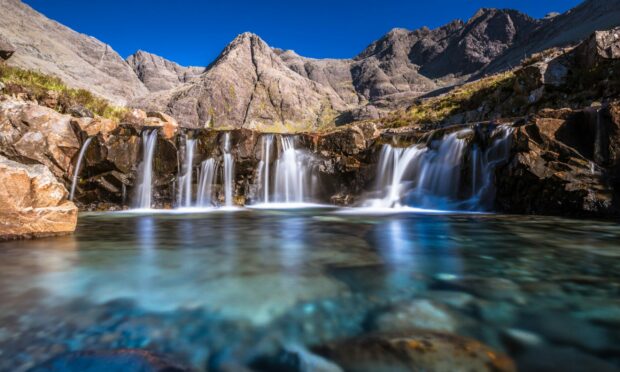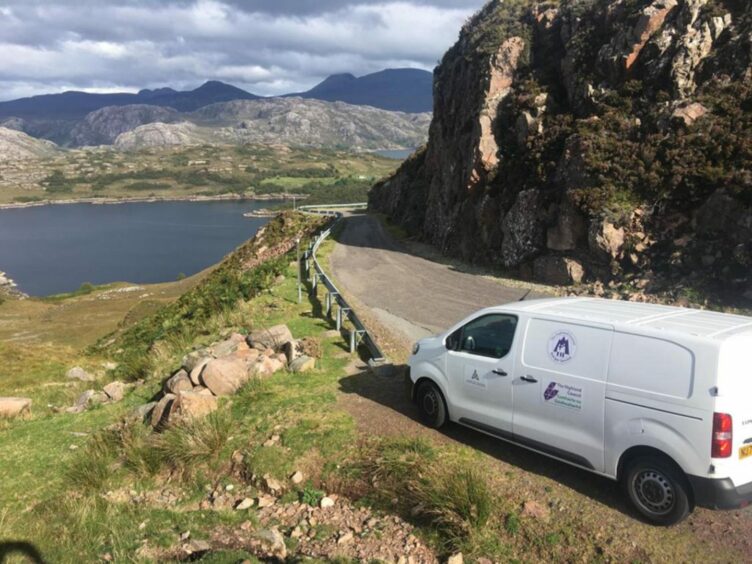Councillors will tomorrow consider detailed plans to tackle tourism in four visitor hotspots in the Highlands.
The hotspots include Durness, Glenbrittle, Assynt and the Road to the Isles. The council’s access rangers say these areas are struggling to cope with the explosion in visitor numbers since the pandemic.
The Highlands attracted 2.9 million overnight visitors in 2019 and 9.6 million day trips. These visitors added £1.6 billion to the local economy.
However, these figures are pre-pandemic, and the growth in the staycation market suggests the real totals will be much higher.
Take Durness in north-west Sutherland, for instance. The tiny village has a population of just 250. Yet that population swells to up to 1,000 every night in the summer.
Larger tourist areas have the infrastructure to cope, for the most part. That’s not the case for the rural areas on the NC500.
With that in mind, Highland Council’s seasonal access rangers have compiled a detailed 168-page report for tomorrow’s meeting of the tourism committee.
The report sets out common challenges across the four hot spots, and a range of ideas to get to grips with tourism.
£1.5 million action plan
While the report offers specific action points for each area, the themes are common across all four. These are traffic congestion and verge parking, informal overnight camping, wild fires, littering, toileting and antisocial behaviour, to name a few.
Highland Council says irresponsible tourism is damaging fragile ecosystems and threatening the livelihood of local farmers and crofters. It’s no fun for the tourists either.
Unable to cope with the swell in numbers, many of these areas have little in the way of public toilets, camping facilities, access paths, signage or hospitality.
All this has led to tensions with the locals, with many areas fearing a loss of their community identity.
Highland Council has set aside £1.5m to tackle the problem.
The proposed visitor management budget for 2022 includes £350,000 for seasonal access rangers, £240,000 for road management, £190,000 for public toilets, £160,000 for parking management and £55,000 for motorhome facilities.
With this money, the report proposes a range of measures across the four hotspots.
Some of these actions are strategic, such as hiring permanent destination management officers and seasonal wardens, and bringing stakeholders together into destination management forums.
Other measures are practical: improving the road network, especially single track roads, and resurfacing car parks. Then there’s the matter of signage, which is patchy and unenforceable.
The council suggests a more coherent ‘narrative’ to explain the rules of the Outdoor Access Code and provide information and advice about each area.
Looking abroad
The council is also looking at what other areas are doing. The report for the tourism committee highlights the ‘Love the Glen’ campaign fronted by the National Trust for Scotland in Glencoe.
Then there’s the stricter approach taken at Loch Lomond, where bylaws have been used to create restricted camping zones with a £500 fine.
The report even looks across the Channel to France, where graphic-led information boards provide quick and easy visitor guides.
If Highland councillors approve the tourism plans tomorrow, many of the local priority actions will happen straight away.
With those four hotspots under control, the council then plans to turn its attention to other areas.
The ultimate aim? To strike the delicate balance between a booming tourist economy and a sustainable, thriving community.

